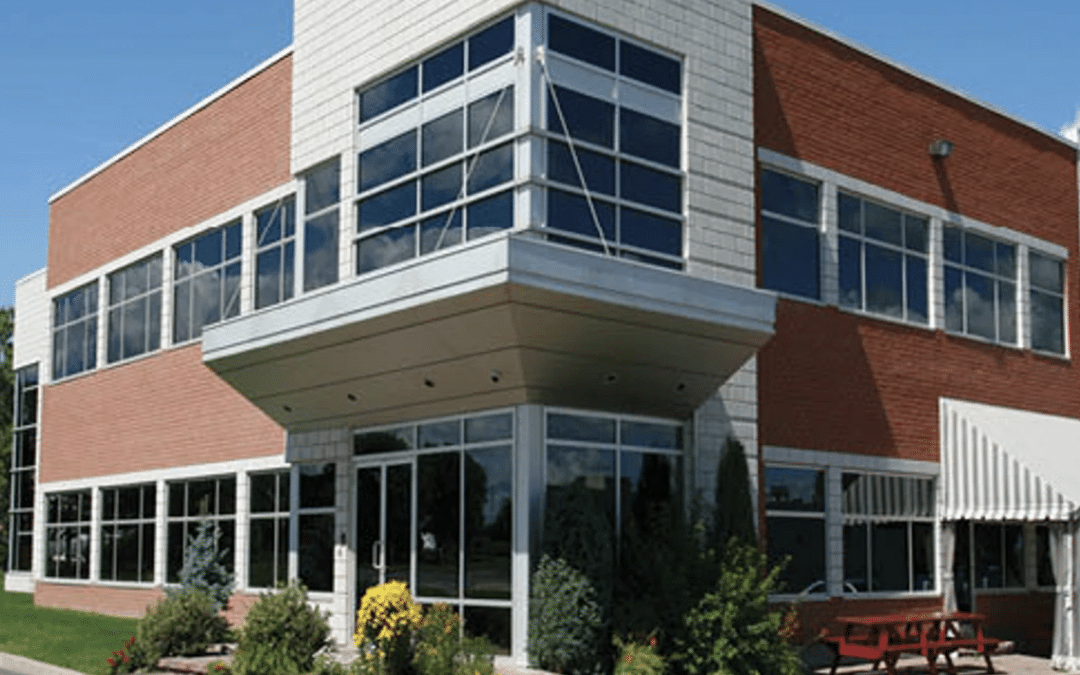The Urban Land Institute and PwC recently published their “2023 Emerging Trends in Real Estate” report, highlighting real estate trends and providing an overview of the market overall. The report identifies top investment markets and industry trends to watch in the coming year across the U.S. and Canada. One intriguing takeaway is that medical office buildings have a bright future ahead, despite market challenges. Medical office space remains a strong asset class for a variety of reasons, including consistent demand, evolving technology, longer lease terms, and strong fundamentals — all of which add up to making MOBs compelling assets for investors to consider.
Additionally, the report breaks down the fundamentals of medical office space. For instance, it’s essential to note that real estate supporting this industry generally falls into two categories: inpatient facilities (hospitals) and outpatient structures (medical office buildings – MOBs). Occupied by medical tenants, MOBs are locations where outpatient services and procedures take place. These buildings can be located on hospital premises or be connected to hospital structures. Alternatively, they might be positioned within communities for easier patient accessibility. They cater to various medical specialties, including urgent care, dialysis centers, ambulatory surgery centers, and standard physician offices. Typically purpose-built for medical use, these facilities possess specific features that attract medical tenants, such as covered drop-off areas and backup generators for emergency power.
Medical offices continue to represent a robust asset class for investors, especially considering that the U.S. health care system supports more than 300 million insured individuals, accounting for over 18% of the U.S. gross domestic product. The increase in insured individuals following the Affordable Care Act of 2010, coupled with an aging population, has further amplified the already significant demand for medical services. Moreover, advancements in medical technologies have facilitated the migration of many inpatient procedures to more cost-effective and efficient outpatient settings. The industry is also witnessing an evolution toward a retail-oriented approach, where hospital systems and providers actively seek to attract new patients and extend their influence into new regions. Consequently, this trend escalates the demand for high-quality medical facilities.
A Trusted Guide in Commercial Real Estate
Coldwell Banker Commercial® provides Commercial Real Estate Services from Property Sales and Leases, to Property Management. Learn how our expansive network of Independently Owned and Operated Affiliates and Real Estate Professionals use their in-depth knowledge of the local market and industry trends to help businesses and investors navigate the complexities of the commercial real estate landscape.




